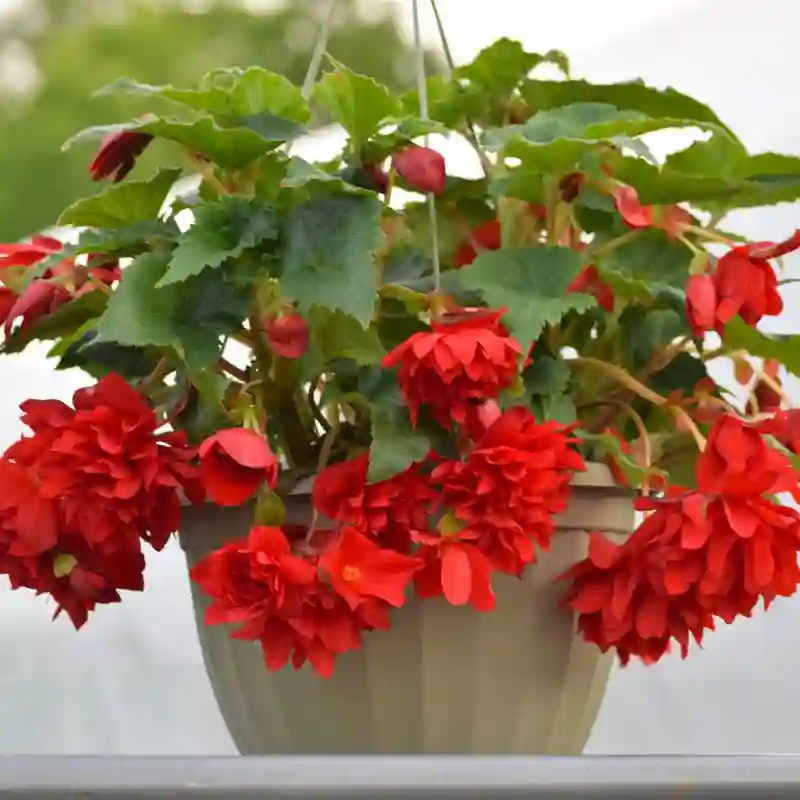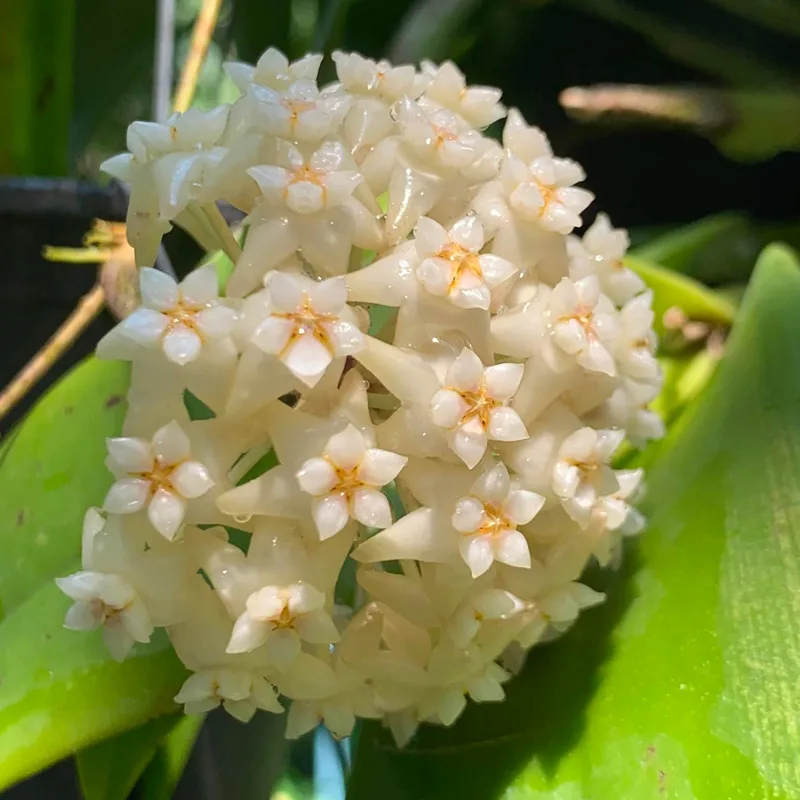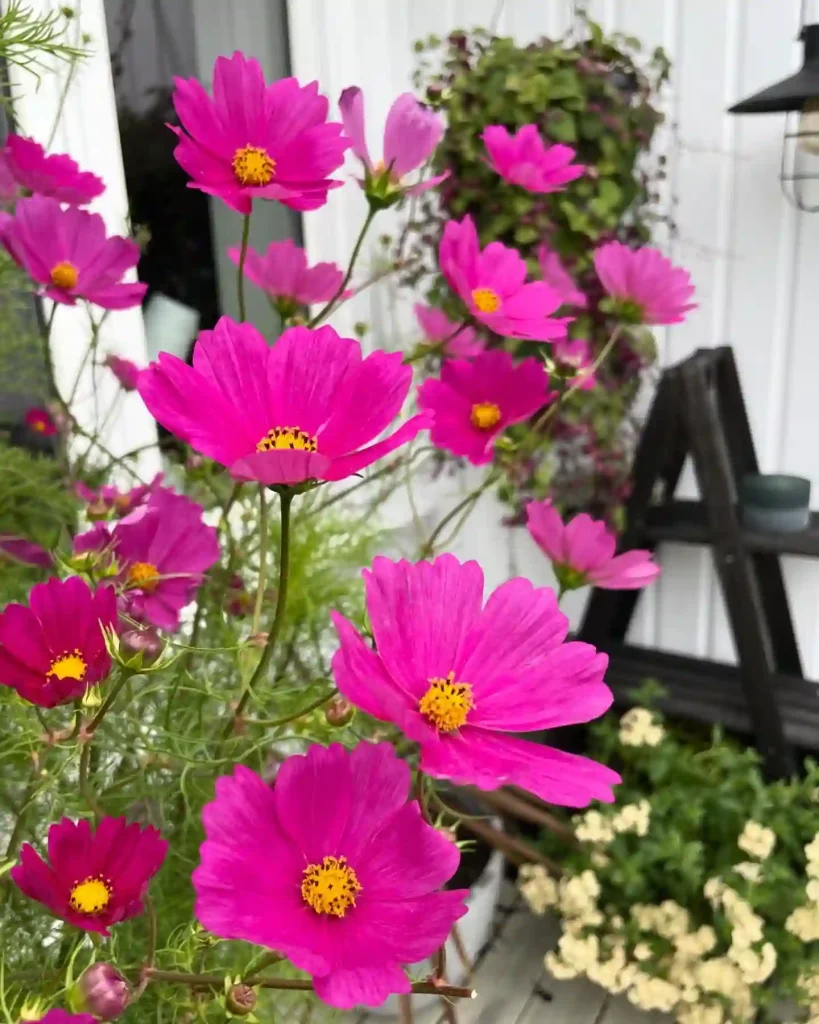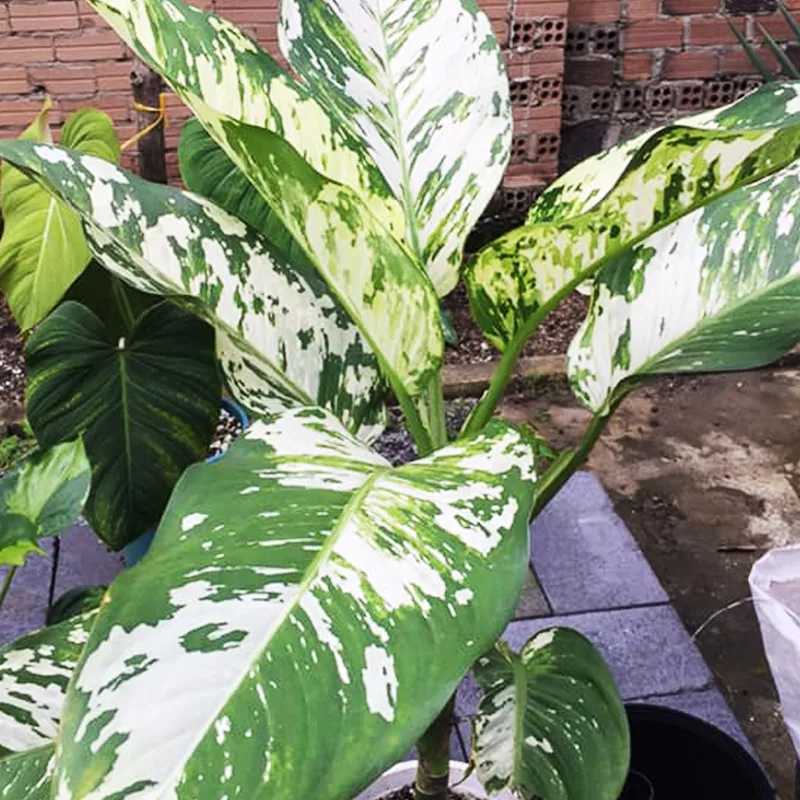FAQs About Aglaonema Suvarnabhumi
Aglaonema Suvarnabhumi is one of the most stunning and vibrant plants I’ve ever had the pleasure of growing. With its striking foliage and easy-care nature, this plant quickly became one of my favorites in my indoor garden. If you’re like me and love colorful, low-maintenance houseplants, Aglaonema Suvarnabhumi might just be perfect for you. Let me share some of the most frequently asked questions about this plant and my experiences with it.
26 Species in Genus Aglaonema
What is Aglaonema Suvarnabhumi?
Aglaonema Suvarnabhumi is an eye-catching variety of the Aglaonema genus, known for its bold, colorful leaves. The plant’s foliage features a mesmerizing blend of pink, green, and cream hues. These colors make the Suvarnabhumi stand out in any indoor space, instantly adding a touch of tropical beauty. The plant thrives in low to medium light, making it a versatile choice for many environments, even those with less-than-ideal lighting conditions.
From my experience, Aglaonema Suvarnabhumi has been easy to care for, much like other Aglaonema varieties. Its vibrant leaves are a constant source of joy, especially in darker corners of my home where other plants might struggle.
How to Care for Aglaonema Suvarnabhumi?
Caring for Aglaonema Suvarnabhumi is quite simple. I’ve found that its low-maintenance nature makes it an excellent choice for both beginner and experienced plant enthusiasts. Here’s a breakdown of how I care for mine:
Light
Aglaonema Suvarnabhumi thrives in low to medium light. I’ve placed mine in a spot where it gets bright, indirect light, which helps maintain its vivid coloration. Avoid direct sunlight, as it can scorch the leaves, leading to browning and damage.
Watering
This plant doesn’t need to be watered too frequently. I water mine when the top inch of soil feels dry to the touch. Overwatering can lead to root rot, so I make sure the pot has good drainage and never let it sit in water. In my experience, keeping the soil slightly moist works best, but I avoid letting it become soggy.
Humidity and Temperature
Aglaonema Suvarnabhumi loves warmth and humidity. I’ve noticed that it thrives in temperatures between 65°F and 80°F (18°C to 27°C). Although it can tolerate lower humidity levels, the plant really shines in more humid environments. I sometimes mist the leaves to boost humidity or place the plant near a humidifier during the dry winter months.
Fertilizing
During the growing season, I feed my Aglaonema Suvarnabhumi with a balanced liquid fertilizer every 4-6 weeks. This keeps the plant healthy and encourages strong growth. In the winter, I reduce feeding since the plant’s growth slows down.
How to Propagate Aglaonema Suvarnabhumi?
Propagating Aglaonema Suvarnabhumi is a straightforward process. I’ve had success using stem cuttings, which is my preferred method for this plant.
Step 1: Choose a Healthy Stem
Select a healthy stem with at least two to three leaves. I like to cut just below a node, as this is where new roots will emerge.
Step 2: Prepare the Cutting
After cutting the stem, I remove the lower leaves and let the cutting sit for a few hours to let the cut end dry out slightly. This helps prevent rot when I place it in water or soil.
Step 3: Rooting in Water or Soil
I’ve rooted Aglaonema cuttings in both water and soil. For water propagation, I place the cutting in a glass of water and wait for roots to form, which usually takes a few weeks. Once the roots are about an inch long, I transfer the cutting to soil. For soil propagation, I dip the cut end in rooting hormone and plant it directly into moist potting mix. I keep the soil slightly damp and the cutting in a warm, humid spot until roots develop.
What to Plant with Aglaonema Suvarnabhumi?
When it comes to companion planting, I like to pair my Aglaonema Suvarnabhumi with other low-light, tropical plants. Some of my favorite combinations include:
1. Peace Lily
Peace lilies have a similar light and humidity requirement to Aglaonema Suvarnabhumi. Their dark green leaves contrast beautifully with the colorful Aglaonema foliage, creating an eye-catching display.
2. Snake Plant
Snake plants are another low-maintenance option that pairs well with Aglaonema. Their upright, structural form provides a nice contrast to the broader, softer leaves of the Aglaonema.
3. Pothos
Pothos plants are easy to grow and adapt well to a variety of conditions. Their trailing vines complement the upright growth habit of Aglaonema Suvarnabhumi, creating a lush, layered look.
Common Problems and Solutions for Aglaonema Suvarnabhumi
While Aglaonema Suvarnabhumi is generally a hardy plant, there are a few issues I’ve encountered. Here are some common problems and how I’ve dealt with them:
1. Yellowing Leaves
Yellowing leaves can be a sign of overwatering or poor drainage. When I noticed yellow leaves on my plant, I cut back on watering and made sure the pot had good drainage. I also checked the roots to ensure there was no rot.
2. Brown Leaf Tips
Brown tips on the leaves can be caused by low humidity or inconsistent watering. Increasing the humidity around the plant and maintaining a more regular watering schedule helped solve this issue for me.
3. Pests
I’ve occasionally dealt with spider mites or mealybugs on my Aglaonema. Regularly inspecting the plant and wiping down the leaves with a damp cloth or insecticidal soap has kept pests at bay.
Final Thoughts
Aglaonema Suvarnabhumi is a showstopper in any plant collection. Its vibrant colors and easy-going nature make it a joy to care for. Whether you’re new to plant care or have years of experience, this plant is a wonderful addition to any indoor space. I’ve enjoyed watching mine thrive, and I’m sure you’ll love growing yours too.
If i die, water my plants!



